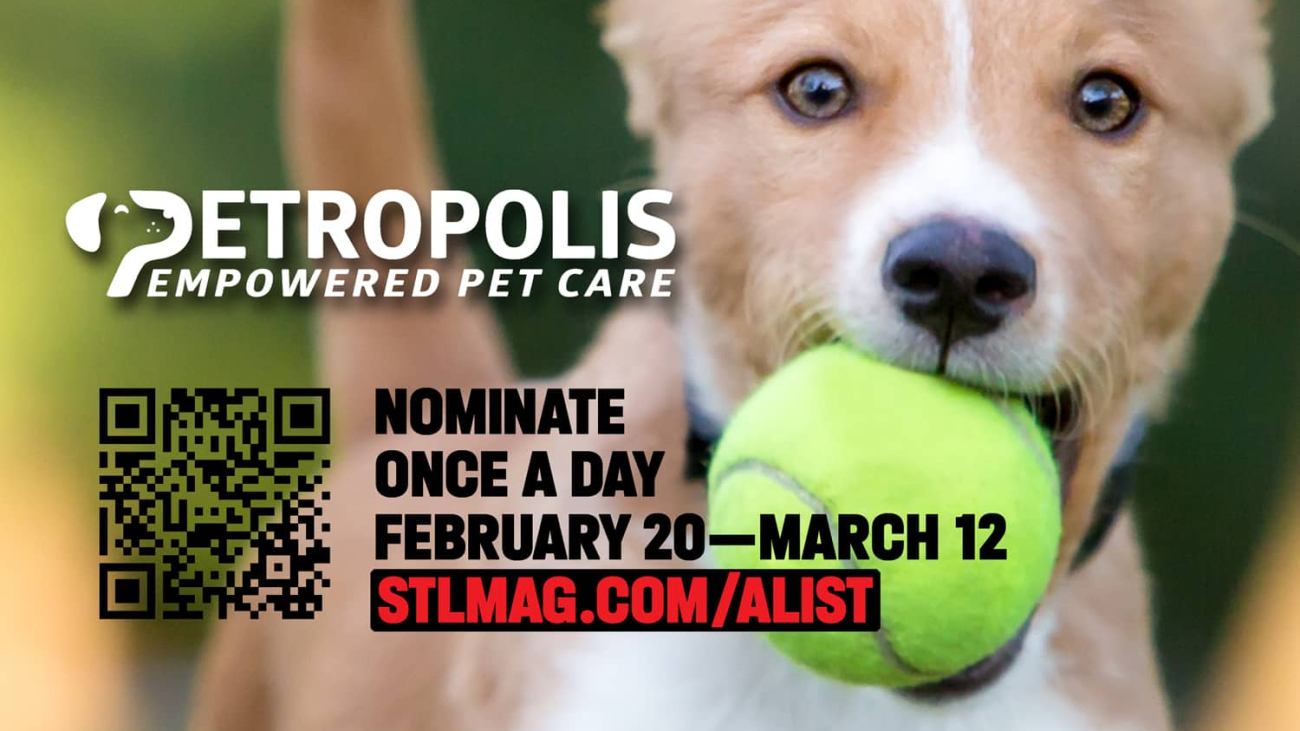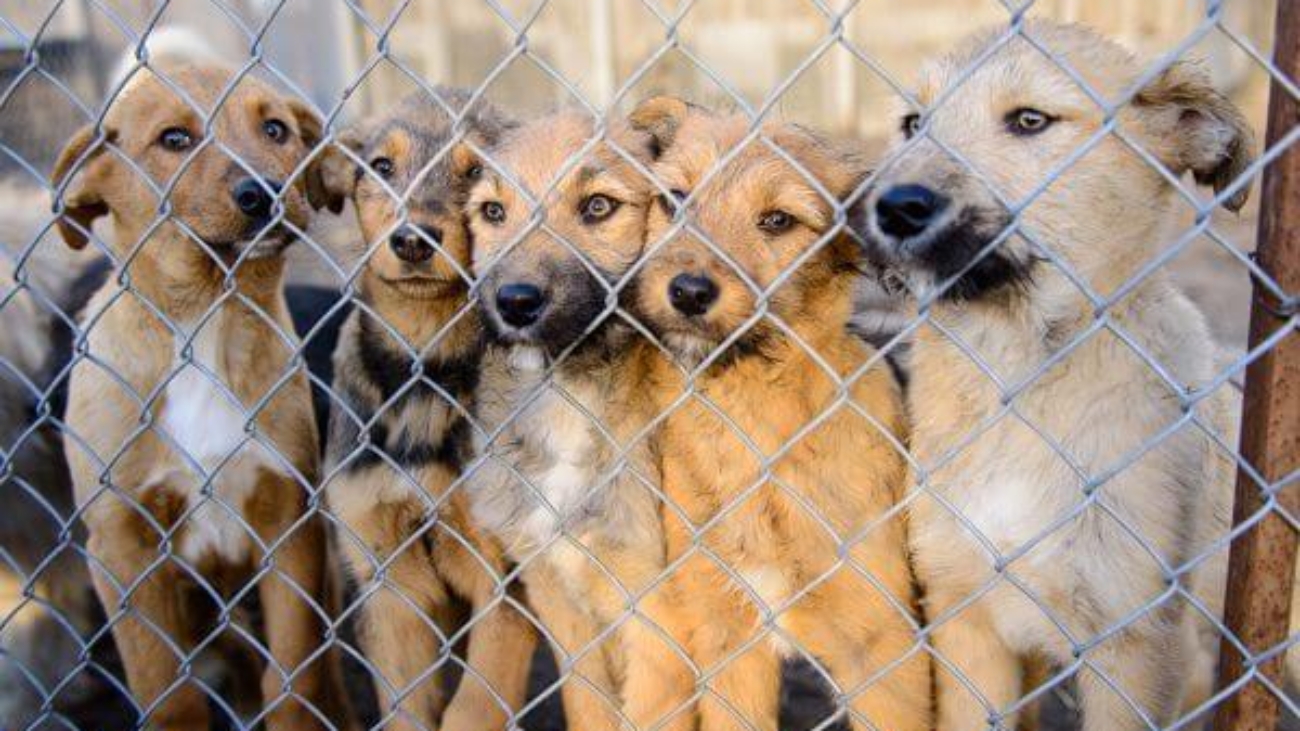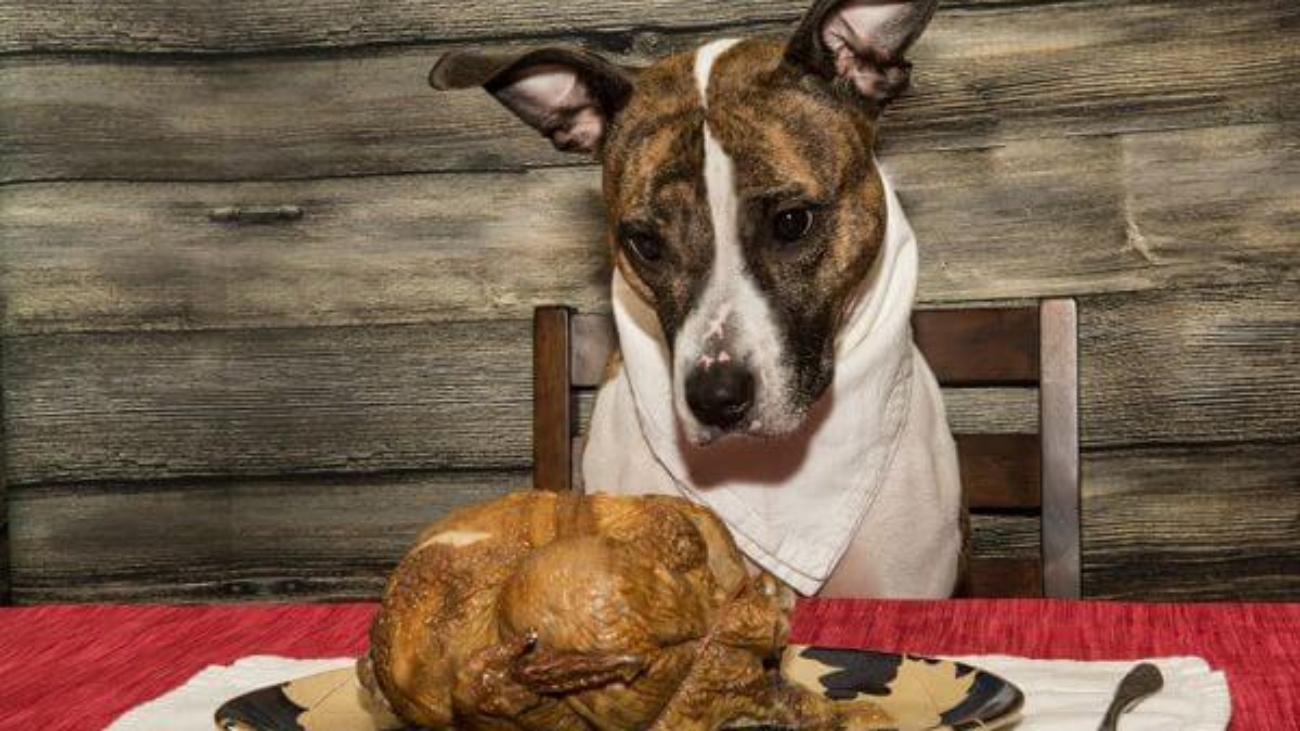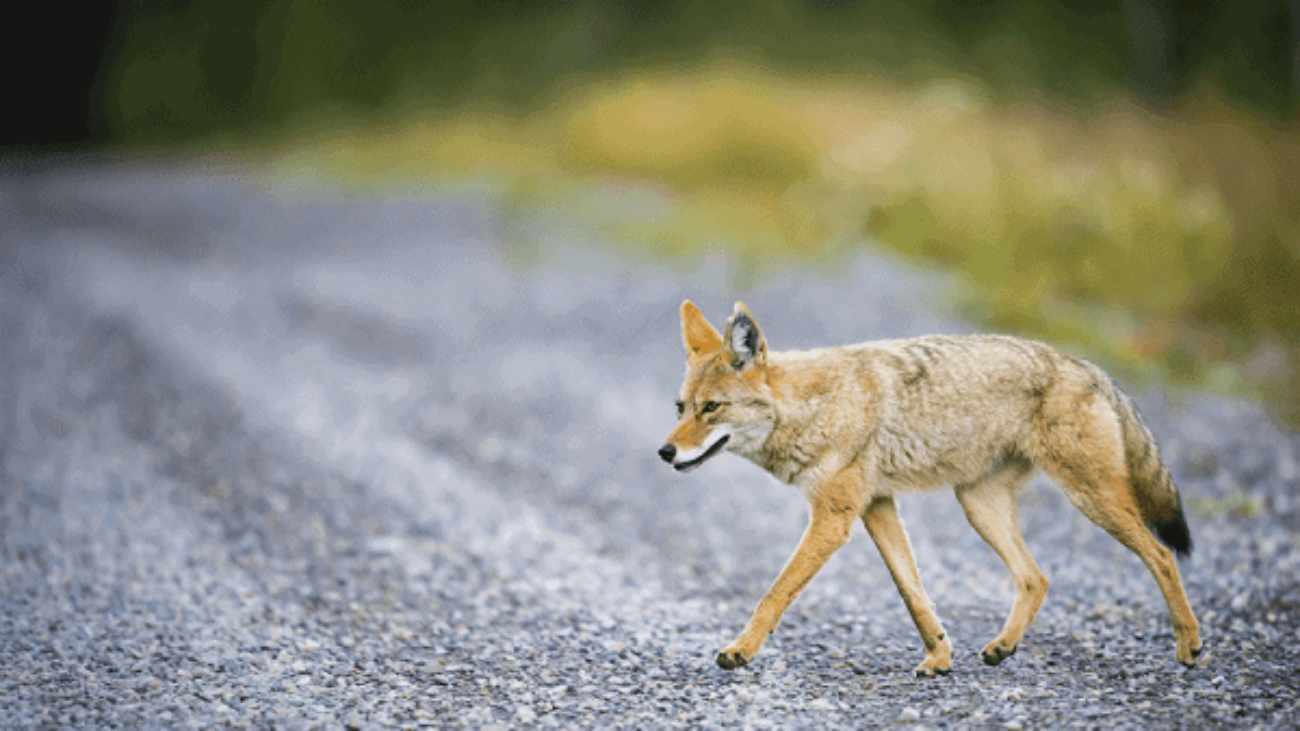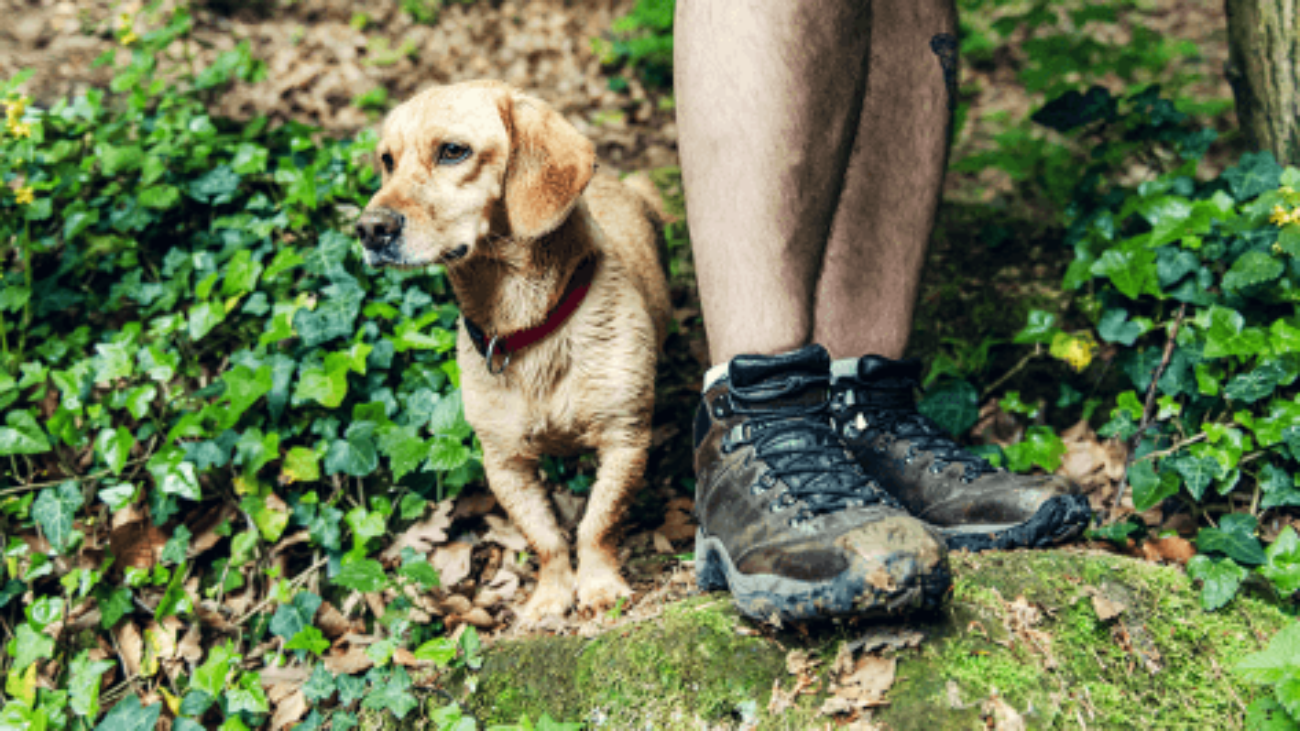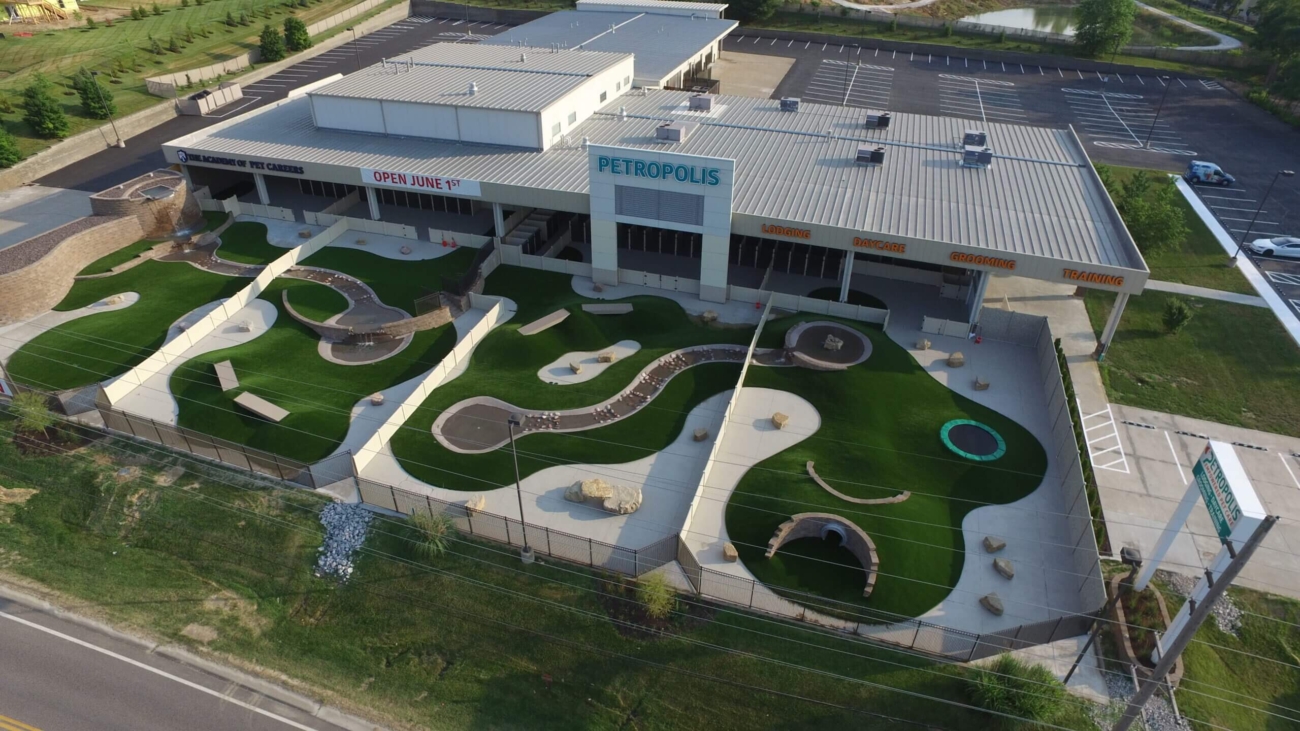The St. Louis Magazine A-List 2024 nominations are here, and the tails are wagging with excitement around Petropolis at the chance to be recognized as your favorite pet care facility in St. Louis!
Before You Rehome Your Pet, Give Them Time to Adjust
Chesterfield, MO, January 26, 2021 – According to a study by the ASPCA, over one million households rehome their pets every year. Of these, about 36% surrender their pets to animal shelters. One of the major reasons these pets are rehomed is behavior issues.
A large portion of these pets are rehomed following the holiday season when families adopt or buy pets to celebrate. It is important to remember, however, that it can take weeks or even months for a pet to adapt to its new home.
Before You Rehome Your New Dog
Dr. Marty Becker, the veterinarian behind the Fear Free movement, says that a puppy is most susceptible to learning new skills between the ages of 14 and 16 weeks. What a puppy learns at this time in its life becomes the foundation for the rest of their training. Starting a new dog’s training early will help them develop good habits. It also strengthens the dog-owner bond and improves trust.
Not only must the dog adjust to its new home, but its new owners must adjust to the new addition to the family. The American Kennel Club suggests that children nine years old and older should not be left unsupervised with a new dog for at least three months. During this time, the dog is still adjusting to its environment. Children younger than nine years old should never be left unattended with a dog. If you are taking training classes with your dog, take your children along. Group training classes are a great way for your children to learn manners with their own dog and others. This will make the children and the dog more comfortable with each other, so you will be less likely to need to rehome your pet.
Before You Rehome Your New Cat
For cats, it can take even longer for them to be comfortable in their new home. A new cat may hide for the first few days or even weeks after adoption. All family members should know to give the cat its space and allow it to explore its new surroundings in its own time. If your new cat is not as outgoing or loving as you had hoped it would be, give it time before going back to the shelter. It could be that your cat is still finding its place in your home.
If your pet has behavior issues, consider a training program, consult your veterinarian, and research how to best accommodate your pet’s needs before you decide to rehome your pet. Your new cat might need several months to fully acclimated to your home. There are plenty of resources to help make the adjustment easier for both humans and pets. Try different things before making the decision to rehome your pet.
Keep Your Dog Active During Winter to Combat Pet Obesity
Chesterfield, MO, December 2, 2020 – In October 2017, a clinical study conducted by the Association for Pet Obesity Prevention (APOP) found that 56% of dogs in the United States were overweight or obese. This number continues to rise. Obesity in dogs can lead to respiratory issues, osteoarthritis, high blood pressure, and a slue of other health problems, so it is important to keep your pet at a healthy weight.
During the winter months, it is more important than ever to keep your pet active to combat weight gain. The weather may be less than ideal for long walks or trips to the park, but exercise – both physical and mental – is still essential for your dog’s health.
Here are just a few ideas for keeping your pup happy and healthy when the weather keeps you both indoors.
Fighting Pet Obesity in the Winter
Treat with intention.
We all love to spoil our pets, but make sure you are offering treats with intention. Make your dog work for them by using them as a training tool or hiding them in an enrichment toy.
Exercise their mind.
Keep your dog’s gears turning with enriching games you can play indoors. Try playing hide and seek with your dog by distracting them with a treat and then hiding in another room.
Make dinnertime an enrichment activity.
Mealtimes are most likely already your dog’s favorite time of day. Make them even more special by adding a little challenge to their routine. Use a slow-feeding bowl or a snuffle mat to slow your dog down while eating and make them work for their food. These are also a great way to keep your pets from scarfing their food, which can also be a factor in pet obesity.
Exercise their nose.
You might not think about it, but all dogs no matter size or breed can be trained in nosework. Hide treats or toys throughout the house and encourage your dog to sniff them out.
Consider dog daycare.
There is no better exercise for a dog than playing with other dogs. If your pup plays well with others, consider a dog daycare facility. Your dog will be occupied while you’re at work during the day, and you’ll bring home a very happy dog at the end of the day.
Bundle up and take one for the team.
Chances are you are way more sensitive to the cold than your dog is. Throw on a couple extra layers and take your pup out for a quick game of fetch. Your dog will thank you.
Pet obesity should always be a topic of conversation at the vet’s office. Just like humans, your dog’s weight can fluctuate during the winter months, so consult your veterinarian to make sure your pet is happy and healthy at their current weight.
Can Dogs Eat Turkey? (And Other Dog-Safe Foods)
St. Charles, MO, November 24, 2020 – With the holidays right around the corner, it is the perfect time to get Fido in on the fun and share some of your family meal. But can dogs eat turkey, sweet potatoes, and other holiday staples?
Can Dogs Eat Turkey?
The short answer is yes, dogs can eat turkey, but the turkey you’re eating at Thanksgiving is most likely not safe for your pup. Extra salt and spices can upset your dog’s digestive system, so avoid feeding them seasoned meat. Instead, give your dog cooked, unseasoned turkey with the skin removed. Turkey is an excellent source of digestible protein, and it might actually be better for your pup than chicken or beef. In fact, many commercial dog foods are made with turkey meal. So as long as the meat is cooked, unseasoned, and deboned, it’s safe for your dog to eat turkey in small quantities.
Can Dogs Eat Sweet Potatoes?
Our dogs here at Petropolis LOVE sweet potatoes. In fact, they’re in some of the treats we give them and many commercial dog foods. Unseasoned, baked sweet potatoes make a great low-fat, high-fiber snack for your furry friend. For small or older dogs, we suggest peeling and mashing them.
Can Dogs Eat Bones?
It’s tempting to toss your dog the bones from your ham or turkey after dinner, but it is actually very unsafe to give dogs cooked bones. When they are roasted, the bones become brittle and splinter easily. This can be dangerous for your pet.
Raw bones, however, are completely safe for dogs (and cats!), and they contain essential nutrients and minerals that your pet might not get elsewhere. Small bones can be a choking hazard, but large raw bones are the perfect scrap to feed your dog.
Can Dogs Eat Pumpkin?
Letting your pup take a bite out of your jack-o-lantern after Halloween might seem like a fun Instagram opportunity, but it’s definitely not safe. Those pumpkins could be full of mold and bacteria from sitting on the porch for days.
Instead, feed your dog fresh or canned pumpkin, either cooked or uncooked. As long as it’s unseasoned and unsweetened, pumpkin is perfectly safe for dogs. We love feeding canned pumpkin puree (not pie filling) to our dogs. It’s quick and easy, and dogs love it.
Food That Is Dangerous For Dogs
There are far more dangerous than safe foods for your dog on your holiday table. Avoid feeding these foods to your dog this holiday season:
- Onion, garlic, and spices
- Xylitol and other artificial sweeteners
- Salt
- Raisins and grapes
- Walnuts and macadamia nuts
- Pitted fruits like peaches and persimmons
- Alcohol
- Caffeine
- Dairy products
- Fat trimmings
- Avocado
- Chocolate
When in doubt, ask your vet what is safe for your pet to eat. It’s fun to share our food with our dogs, but their health and safety is the most important thing.
How to Protect Your Pet From Predators
Chesterfield, MO, November 18, 2020 – With winter on its way, predators like coyotes are becoming more desperate for food and encroaching on neighborhoods. Though this is especially a concern for cats and small dogs, even larger pets can be targets for predators. Here are just a few tips to protect your pets from predators like coyotes and birds of prey.
Tips on How to Protect Your Pets From Predators
Supervise outside time.
While it might be more convenient to let your dog stay outside alone, it definitely isn’t the safest option. Supervise your pets while they are outdoors. This is especially important around dawn and dusk when predators are most active. If a predator were to attack, you might be able to scare it away before any serious damage is done.
Make your yard less appealing to predators.
Coyotes are scavengers, so they will eat just about anything they can find. Remove anything from around your house that might be tempting to a coyote – like trash, barbeque grill drippings, and fruits or nuts that have fallen from trees on your property. It is also a good idea to remove bird feeders. These attract small birds and mice, which attract birds of prey. Also, move bowls of water or food indoors.
Keep cats inside.
While indoor-outdoor cats have long been the standard, there has been a recent push in the animal welfare community to have people keep their pet cats indoors. Unlike dogs, cats are hard to contain with a fence or garden wall, so you have very little control over where your cat goes when outdoors. Cats are often prey to coyotes, birds of prey, and even stray dogs, so it’s best to keep your cats indoors where they are safe.
Invest in body armor.
There are several companies that make suits for dogs specifically designed to protect them from wild animal attacks. CoyoteVest designs suits for dogs and cats of all sizes. They feature metal spikes strategically placed to protect your pet from teeth and claws. The owner started the company after his own dog was killed by a coyote in a dog park. The CoyoteVest recently saved a Jack Russell Terrier mix in Ohio who was charged by a coyote; the predator got close, but the spikes and spines on the vest scared it away. It might look silly, but your pet’s chances of surviving an attack greatly increase when they are wearing body armor.
Know what to do in case of an attack.
In the event of an attack, your best bet is to scare the animal away. Keep pepper spray or an air horn nearby so you can startle a predator from a safe distance, and use a broom or baseball bat to separate your pet and the predator if need be. It is also a good idea to read about wildlife laws in your area; it is rare, but you might be charged or fined if you harm a protected wild animal while protecting your pet.
Losing your pet to a wild animal attack is a pet parent’s worst nightmare, so it’s important to take the necessary precautions to avoid such a tragedy. Predators like coyotes and birds of prey can be a threat even in urban areas, so educate yourself, your family, and your neighbors on the best ways to protect your pets from predators.
Hiking With Your Dog: How to Be Safe and Have Fun
St. Charles, MO, November 4, 2020 – It’s finally that time of year when everyone starts dusting off their hiking boots and hitting the trails! Hiking with your dog can be a fun and rewarding bonding experience. Plus, it’s a great way for both of you to get some exercise and fresh air. Before you head out, though, remember to prepare your pet for a safe, stress-free hike by following these tips.
What To Consider When Hiking With Your Dog
-
Make sure your dog is properly vaccinated and treated.
Before you even think about hiking with your dog, make sure their vaccines and parasite preventatives are up-to-date. Even if you don’t encounter other dogs on your hike, there’s a chance your pup could get into wild animal feces or urine. Keeping your dog’s vaccines up-to-date can help prevent any complications from these run-ins. Ticks are also extremely common in most of the United States, and they can cause disease and even death if untreated. It’s best to make sure your pup is on a proper flea and tick preventative long before you hit the trail.
-
Decide whether or not your dog is physically fit enough to hike.
Chances are your couch potato dachshund won’t be able to keep up on a five-mile hike over rough terrain, especially if it’s their first time. Before undertaking any long or strenuous trails, take your pup on some shorter, easier hikes to increase their stamina. These practice hikes will also help toughen up their paw pads, meaning your pup will be less likely to get held up with foot discomfort.
-
Pack the necessary food and water.
Like humans, dogs require more food and water during intense exercise than they do on a lazy day at home. Make sure you bring plenty of water for both you and your pup. Don’t count on your dog drinking from a stream or lake to stay hydrated. These water sources can carry pathogens and bacteria like giardia, coccidian, and Leptospirosis. Always provide clean, treated water for your dog just as you would for yourself. Also, it’s a good idea to bring a snack for your pup on longer trails. Consider jerky treats or calorie-dense dog energy bars for a low-mess, easy-to-pack snack.
-
Know the signs of overheating and how to treat it.
In the summer, it’s easy for dogs to overheat even just sitting outside. When they’re hiking, that risk is even greater. If your dog is panting excessively, breathing erratically, drooling more than usual, or has pale gums, they may be overheating. Soak a washcloth in cool water and apply it to their paw pads, between their toes, and their belly/groin area. Find shade, and allow your dog to rest and cool off.
-
Gather your first aid kit.
Hiking trails are full of dangers – from parasites to wildlife to steep drops. Always pack a doggy first aid kit in case of emergencies. You can purchase pet first aid kits from online pet retailers and big box stores, or you can build your own!
-
Know the rules, and follow them!
Many national and state parks do not allow pets on their trails at all, and most of the others require dogs to be leashed at all times. No matter how well you think your pet behaves, always respect the rules of the trail when hiking with your dog. They are in place not only for the safety of others but also for the safety of you and your pet. Plus, these rules help protect wildlife from your pet – and your pet from dangerous wildlife. If the trails forbid dogs, leave Fido at home. If they require a leash, use a leash. Period.
-
And our most important tip: TRAIN, TRAIN, TRAIN.
A public hiking trail is no place to test an untrained dog’s tolerance. Be honest with yourself about your dog’s training, and prepare ahead of time. You and your dog should be comfortable with leash-walking skills and etiquette; socialized to people, dogs, and wildlife; and confident in your recalls. You don’t want your pup charging another dog or person on the trail or darting after a squirrel or deer. Accidents can occur on- and off-leash, so practice these life-saving skills far in advance of your hike. If you plan on hiking with your dog off-leash, make absolutely sure that your dog is ready for that challenge. If you struggle to keep your dog in eyesight, they’re reactive to other animals, or they don’t always come when you call, they’re not ready to be off-leash. And there’s nothing wrong with that! You can have just as much fun and adventure hiking with your dog on a leash, and you’ll probably find that it makes both you and your pup more comfortable and less nervous.
There’s nothing quite as rewarding as an adventure with your furry best friend when you’re both prepared and up for the challenge. If you practice and plan before hiking with your dog, you’ll be set for a fun and safe experience!
Petropolis announces second location in St. Charles and new push towards enrichment
ST. LOUIS, MO – January 20, 2020 – Every year, American pet owners spend over $70 billion on their pets’ care. To meet the growing demand and higher standards set by pet owners, Petropolis is opening their second location and first empowered pet care facility in St. Charles later this spring.
The new Petropolis, located in the former Vatterott College building at 3550 W. Clay Street, will offer all the company’s core services – boarding, doggy daycare, training, and grooming – in a new state-of-the-art facility designed to put pets’ needs first. This new location will spearhead the company’s push towards enriching pets and educating the community.
Indoors, Petropolis St. Charles will feature large dog boarding rooms for a low-stress boarding environment and a grooming salon with individual, private stations to reduce anxiety during the grooming process. Their cat boarding space, set to be the St. Louis Area’s largest, will be entirely separate from the dog boarding area, creating a more relaxing environment for their feline clients.
Along with the 32,000 square foot building, Petropolis St. Charles will also boast over 33,000 square feet of outdoor play yards complete with tunnels, hills, and water features. The new play yards were inspired by the success of Canine Cove, the Chesterfield location’s dogs-only water park.
Petropolis will be sharing part of the space with The Academy of Pet Careers, which offers education for prospective dog trainers, groomers, and vet assistants. They will share a large event arena, which they plan to use for programs aimed at educating the public about proper pet care and enrichment.
With this new facility, Petropolis hopes to inspire pet parents to live more empowered lives with their pets. To learn more about Petropolis’s mission and services, visit their website at www.petropolis.com or call (636)537-2322.
Petropolis Builds Multi-Million Dollar Pet Empowerment Center
ST. LOUIS, MO – June 16, 2020 – The first Pet Empowerment Center in the St. Louis Area is now open for business in St. Charles. Petropolis St. Charles is a multi-million dollar facility designed entirely with pets’ needs in mind and dedicated to providing pet-centric, enriching care for dogs and cats.
The Petropolis’s new second location at 3550 West Clay Street offers all their services – boarding, daycare, grooming, and training – in a state-of-the-art facility unlike any other in the Midwest. With spacious dog and cat lodging rooms, a low-stress grooming salon, and a team dedicated to Pet Empowerment, Petropolis St. Charles provides the most safe, enriching pet care experience in the area.
From Interstate 70, commuters can see Petropolis St. Charles’s crown jewel: their 33,000 square feet of outdoor play yards. Dogs visiting for daycare and boarding can swim under a waterfall, wade through a river, run through tunnels, and jump on a trampoline, all while under the supervision of trained staff.
With the new facility comes an even greater push towards Pet Empowerment, the process of raising confident, happy pets by setting them up for success. Petropolis shares the building with The Academy of Pet Careers, a trade school for prospective veterinary and pet care professionals that also provides continued education and a wealth of resources for the Petropolis team. The two businesses share a large event arena, which they will use to host events and seminars for the public and local pet professionals.
Petropolis is also taking precautions to protect their human guests from COVID-19. They offer curbside pickup and drop-off for all pets. They also host individual tours to anyone who would like to see the impressive new facility firsthand.
With this new facility, Petropolis hopes to inspire others to live more empowered lives with their pets. To learn more about Petropolis’s mission and services, visit their website at www.petropolis.com or call (636)537-2322.
Petropolis Pet Resort Has Helped Find Homes for Nearly 100 Pets Through 100 Dollars for 100 Dogs Campaign
ST. LOUIS, MO – March 20, 2019 – Since its launch on February 1st, Petropolis Pet Resort’s 100 Dollars for 100 Dogs campaign has helped find homes for 74 pets in the St. Louis Area.
During this campaign, dogs and cats adopted from participating shelters are sent home with a $50 gift certificate for Petropolis services. Petropolis then donates $50 to the shelter for every gift certificate that is redeemed.
St. Louis City has one of the largest animal shelter populations in the country, and more pets enter the system every single day. By adopting an animal from a shelter or rescue, new pet parents save a life and help make space for another pet to come off the street. Because of this, fewer pets are left in inhumane conditions and fewer adoptable animals are euthanized in shelters.
Petropolis Pet Resort is currently working with Gateway Pet Guardians, Tenth Life Cat Rescue, Five Acres Animal Shelter, Judy’s Forgotten Jewells, Speak! STL, Needy Paws Rescue, Tempo of the Dog Rescue, and CARE STL. All adoptable dogs and cats from these organizations are eligible for the program.
Not only does the 100 Dollars for 100 Dogs campaign help save lives, but it also helps new adopters get access to affordable, quality pet services. Like the shelters they partner with, Petropolis believes in keeping pets in loving homes. By offering grooming, training, daycare, and lodging services at a discount, Petropolis hopes to make pet parenthood a little bit easier for new adopters.
Should a shelter want to participate in the 100 Dollars for 100 Dogs campaign, contact Petropolis Pet Resort. For information about the campaign and participating shelters, visit www.petropolis.com/100-Dollars-for-100-Dogs/.

